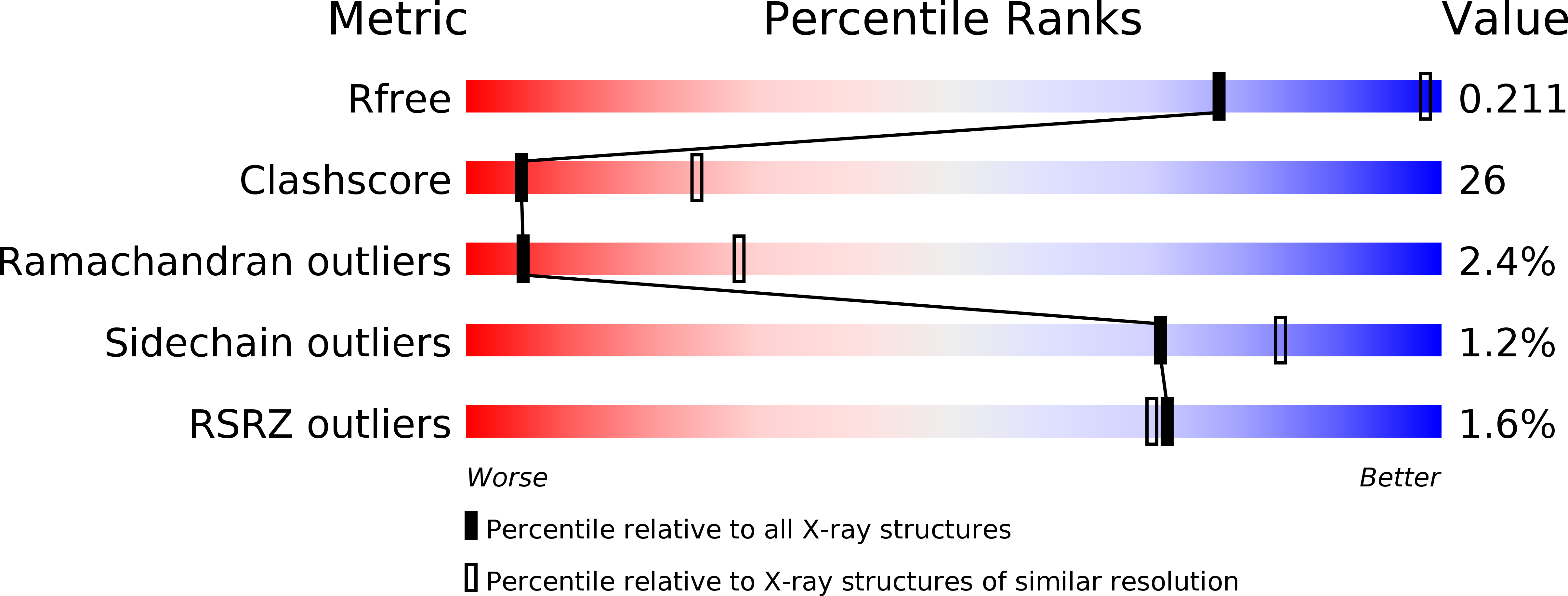
Deposition Date
2012-04-05
Release Date
2012-08-15
Last Version Date
2024-03-20
Method Details:
Experimental Method:
Resolution:
3.30 Å
R-Value Free:
0.29
R-Value Work:
0.20
Space Group:
P 1 21 1


